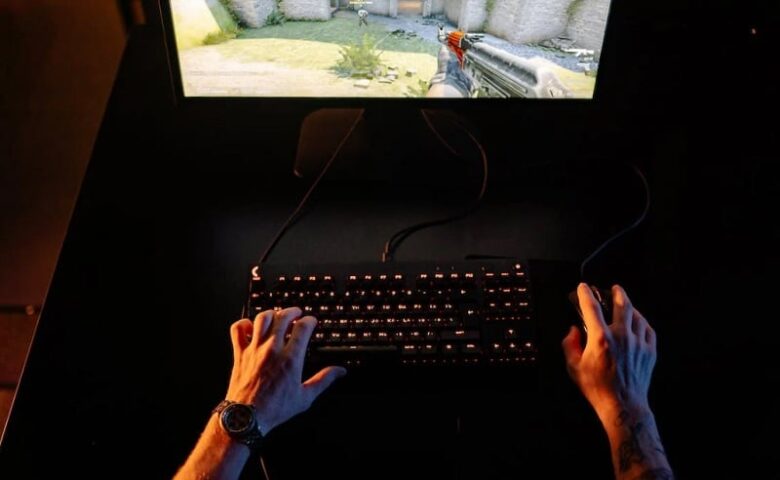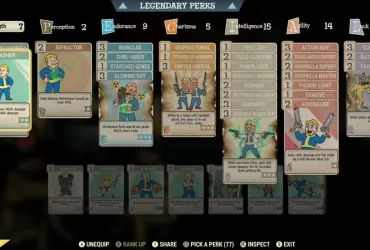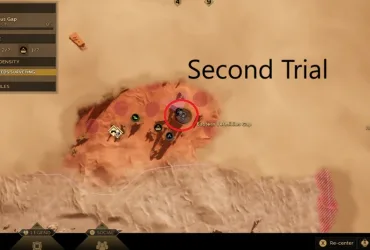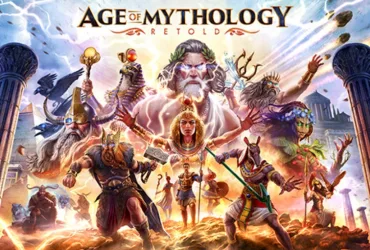Over the past decade, the digital universe of gaming has seen exponential growth, not just in the number of players but also in the scope of interaction within these virtual landscapes.
One of the most fascinating evolutions in the gaming industry has been the rising value and significance of in-game assets. In this rapidly evolving industry, these digital assets are becoming the new gold rush. Let’s delve into why this is happening and the potential impact on gamers and developers alike.
The Value of the Virtual
In-game assets are essentially any items or features within a game that players can buy, earn, trade, or sell. These can range from character skins and weapons to land parcels in virtual worlds. As gaming has evolved, so too has the sophistication and value attached to these assets. They’ve moved from being purely cosmetic or functional within the game to holding actual monetary value.
Unlike traditional games where progress and earned items are locked within a specific game, certain contemporary games, particularly those built on blockchain technology, allow players to retain ownership of their digital assets. In these scenarios, in-game assets become more than pixels on a screen; they transform into digital property that can be bought, sold, and even used to earn real-world income.
Striking Digital Gold
The gaming industry is increasingly shifting towards play-to-earn models. Here, players can monetize their skills and time by earning valuable in-game assets. Blockchain-based games like ‘Cryptokitties’ and ‘Axie Infinity’ have made headlines with assets trading for significant sums. In fact, some rare assets have fetched prices comparable to real-world luxury goods, sparking interest from gamers and investors alike.
In these cases, in-game assets serve as digital gold mines, providing an avenue for revenue that extends beyond the boundaries of the game. This model is not only altering the gaming landscape but also reshaping digital economies and opening up new career opportunities for professional gamers.
The Impact on the Gaming Marketplace
The rise in value and popularity of in-game assets has significant implications for the gaming marketplace. First, it enhances player engagement. Gamers are more likely to invest time and effort into a game if they know they can earn tangible rewards.
Second, it opens up new revenue streams for game developers. Rather than relying solely on the traditional revenue models like game purchases or subscription fees, developers can create in-game economies where they can earn a commission on player trades.
Finally, this trend pushes the boundaries of what we understand a game to be. As virtual worlds become places where real-world money is made, spent, and invested, games become more than just entertainment. They emerge as living, breathing economies, pushing the boundary between the physical and digital world.
Mining for Future Opportunities
As we look to the future of gaming, in-game assets represent one of the most exciting areas for growth and innovation. Gamers, developers, and even traditional investors are increasingly recognizing the value that these digital assets can bring. The gaming industry’s new gold rush is here, and it is revolutionizing the way we view and interact with virtual worlds.
Regulating the Digital Gold Rush
However, this new gold rush is not without its challenges. The rapidly evolving nature of in-game assets and their monetization has raised questions around regulation and oversight. As real money gets involved, there are concerns over scams, fraud, and manipulation. Countries are responding in different ways, with some looking to enforce traditional financial regulations, and others seeking to develop new frameworks tailored to digital assets. As this aspect of gaming continues to grow, we can expect a global conversation on how to manage and regulate these unique economies.
Balancing Playability and Profitability
For game developers and companies, striking a balance between profitability and player enjoyment is crucial. There’s a risk that focusing too much on in-game asset generation and sales could detract from gameplay quality and overall player experience. Developers will need to ensure that the pursuit of digital gold does not overshadow the fun and engagement that games should provide.
Advantages and Disadvantages of In-Game Assets
Like any growing industry, in-game assets come with their own set of advantages and disadvantages, shaping the opportunities and challenges within the digital gaming realm.
Advantages
- Player Engagement: In-game assets increase player engagement and retention. Players are more likely to stick with a game where they can earn, trade, and profit from their efforts.
- Monetization: For developers, in-game assets offer new and potentially lucrative ways to monetize their games. They can generate revenue from the sale and trade of these assets in addition to traditional methods like subscriptions and advertisements.
- Investment Opportunities: As these assets gain real-world value, they become potential investments. The rarity and desirability of certain assets can lead to impressive returns.
Disadvantages
- Regulatory Challenges: As in-game assets become increasingly intertwined with real-world economies, regulatory issues arise. These can range from fraud prevention to taxation, presenting new challenges for both players and developers.
- Market Volatility: Just like any market, the in-game asset market can be volatile. The value of assets can fluctuate rapidly, which might lead to significant losses for players and investors.
- Gameplay Quality: There’s a risk that the focus on in-game assets can detract from the quality of the game itself. If too much emphasis is put on asset generation, the core gameplay experience could suffer.
Will the Growth of In-Game Assets Continue?
The rise of in-game assets is intertwined with broader trends in technology and society. As our lives become more digital, the lines between the real and the virtual are blurring. As a result, digital economies, including in-game assets, are likely to continue growing.
Moreover, the continued development and adoption of blockchain technology, with its capacity to ensure secure digital ownership, will likely propel the growth of in-game assets. This technology allows players to truly own their digital items, enhancing the value and appeal of these assets.
However, the sustainability of this growth will also depend on how the gaming industry navigates the challenges mentioned above. Balancing gameplay and profitability, handling regulatory issues, and managing market volatility will all be crucial in determining the future of in-game assets.
Our Thoughts
In-game assets, the new gold rush of the gaming world, are forging a dynamic frontier in digital economies. As players, developers, and investors navigate this emerging landscape, the traditional boundaries of gaming are being redefined. These virtual treasures are adding real-world value to our digital adventures, transforming the way we perceive and interact within gaming spaces.
While there are still challenges to face and questions to be answered, the in-game asset trend is a testament to the innovative and resilient spirit of the gaming industry. In this gold rush, the treasure isn’t just in the glittering potential of digital assets, but also in the new models of engagement, entrepreneurship, and investment it uncovers. As we move forward in this exciting era, it’s clear that in the realm of gaming, all that glitters might indeed be digital gold.











Leave a Reply